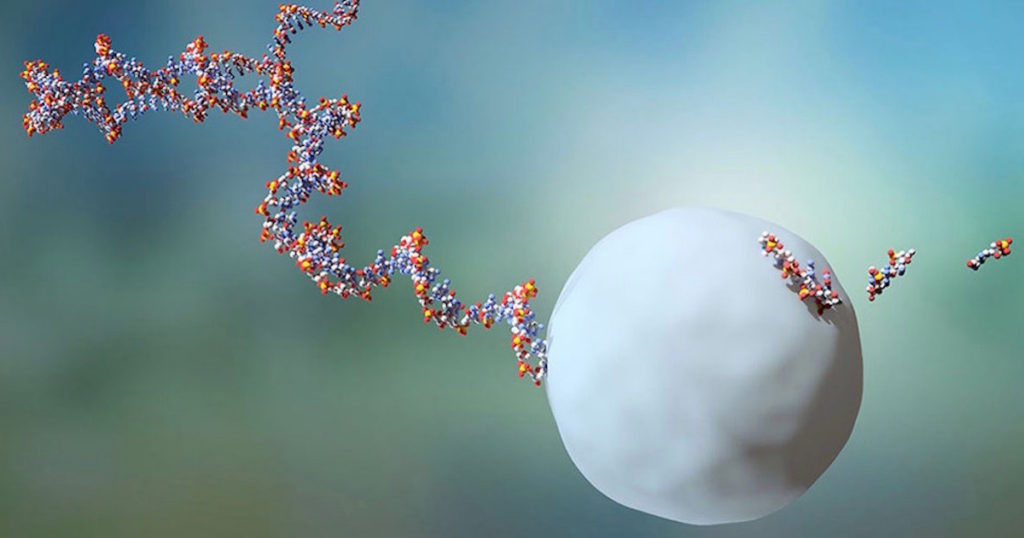RNA sequencing may help doctors diagnose hepatocellular carcinoma earlier, according to preliminary data presented Sunday (March 31) at the American Association for Cancer Research annual meeting in Atlanta, Georgia.
HCC is the most common type of liver cancer, accounting for 65 percent of cases in the United States. Chronic hepatitis B and C infections, alcohol-related liver scarring, and non-alcoholic fatty liver disease are the primary risk factors for the disease. In the United States, the incidence of HCC rose from 1.4 out of 100,000 cases per year in the late 1970s to 6.2 out of 100,000 cases in 2011 and is expected to continue to increase for at least another decade as patients struggle with obesity and hepatitis B. Liver scarring, known as cirrhosis, which can occur as a result of any insult to the organ, puts patients at high risk for developing HCC, with 80–90 percent of HCC patients having had cirrhosis first.
In an effort to detect the cancer as early as possible, cirrhosis patients get ultrasounds and blood tests every six months to look for signs of tumors. But, current tests only identify about 63 percent of cases, Augusto Villaneuva, a hematologist and oncologist at the Icahn School of Medicine at Mount Sinai, tells The Scientist, leaving doctors and patients searching for more sensitive screening.
“We need new tools that can help us detect tumors earlier,” says Villanueva.
He and his team collected blood samples from 15 patients: 10 with liver cancer and five with cirrhosis, but without cancer. They developed a method to isolate exosomes—tiny envelopes that carry proteins or genetic material—from the blood to compare their contents. They discovered noticeable increases in certain RNAs in the exosomes that came from patients with cancer compared to those without.
The team presented data on these 15 patients at AACR and are hoping to sequence the exosomes from a total of 150 volunteers to see if the trend is consistent. Along with developing better screening methods, the scientists hope that understanding the makeup of these exosomes may lead to new therapies. “Are those exosomes functional?” he asks, wondering if the change in RNA could make the exosomes more “aggressive” or likely to transform the tumors. “That would be the next natural step of this project, but these are very early days.”







